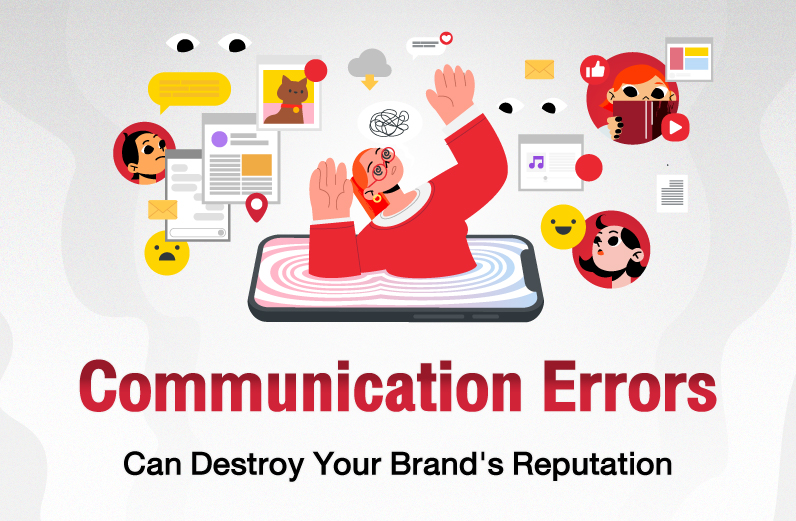Brand Health Check The importance of strategic planning

In today’s increasingly competitive business landscape, understanding your brand’s overall health, including awareness, credibility, customer loyalty, and competitive positioning—has become essential for strategic planning.
Just like a health check-up for humans, identifying issues early allows for timely and targeted treatment. Similarly, knowing a brand’s strengths and weaknesses enables organizations to adjust their strategies effectively.
This article explains what a Brand Health Check is, why it matters for strategy, and how organizations can assess their brand’s health to drive measurable business outcome.
What is Brand Health Check?
Brand Health Check is a comprehensive evaluation of a brand using key indicators that reflect how the brand is perceived by customers across various dimensions, including:
Brand Awareness – The level of recognition or recall consumers have about the brand.
Brand Recall – The ability of consumers to remember the brand, such as whether it comes to mind first when they think of a product category.
Brand Perception & Sentiment – How customers view the brand in terms of quality, credibility, and the emotional responses that influence purchase decisions.
Customer Loyalty & Advocacy – The level of customer loyalty and how likely customers are to recommend the brand to others.
Share of Voice (SOV) – The proportion of conversations about the brand compared to competitors across platforms such as social media and online media.
In addition to these core indicators, organizations can include other metrics such as purchase intent and brand equity in consumers’ eyes to gain a well-rounded view of brand health—covering image, customer relationship, and long-term competitiveness.
Why is Brand Health Check Important for Strategic Planning?
By conducting a brand health check, businesses gain a clear view of what should be reinforced and what needs improvement. This enables more focused and effective strategic planning. Moreover, conducting regular checks helps detect early warning signs, allowing brands to respond promptly and minimize risk while maximizing competitive opportunities.
Here’s why a Brand Health Check is a strategic necessity:
- Clearly identifies strengths and weaknesses
Uncovers key drivers of brand performance and pinpoints gaps that hinder customer engagement or conversion. - Improves responsiveness to market changes
Methods like social listening allow brands to hear both positive and negative customer feedback in real-time. This helps in handling misunderstandings or brand image crises before they escalate and in amplifying positive feedback or reviews through communication or campaigns. - Provides insight into your competitive standing
Understanding Share of Voice helps to estimate how visible and impactful your brand is relative to competitors, guiding smarter investment in marketing and brand-building. - Supports proactive planning and forecasting
Brand health checks help identify trends before they become critical, allowing brands to plan proactively and strategically.
How to Conduct Brand Health Check
Brand Health Check involves a systematic evaluation using both quantitative and qualitative data to understand the brand's strengths, weaknesses, and development opportunities in depth. The general process includes three key steps:
1.Set clear objectives
Begin by clearly defining what the brand aims to assess—whether it’s improving brand image or reaching a new audience. These objectives will guide data collection methods and the overall evaluation approach.
2.Collect data from multiple sources
To gain an accurate and comprehensive view, gather data from various quantitative and qualitative sources, as relying on a single channel may provide an incomplete picture. Common data collection methods include:
- Customer Surveys - A widely used method that collects data from large samples to measure satisfaction and loyalty. Surveys can be tailored to specific brand dimensions for systematic analysis.
- Social Listening - Monitor mentions real-time on platforms such as Facebook, X (Twitter), or Pantip. Track brand sentiment, trending keywords, and customer concern.
- In-depth Interviews - A qualitative approach that explores customer perspectives, emotions, and motivations, especially in areas not captured by numbers, such as emotional connection and perceived brand image. Open conversations in informal settings often yield more candid responses.
- Competitive Benchmarking - Analyzing how the brand compares to competitors highlights relative strengths and weaknesses. It also reveals effective communication strategies within the industry that can inform your own.
- Analyze the data and summarize into practical strategies
After gathering data from different sources, the next step is to analyze it in a structured way to find connections, identify strengths, weaknesses, and areas where the brand can grow. Then, turn those findings into practical suggestions—such as adjusting communication, updating brand positioning, or improving how customers see the brand—so that the brand can grow stronger in the long run.
Summary
Brand Health Check has become a vital component of strategic marketing, enabling brands to clearly understand their position in the market — from brand awareness and perception to customer loyalty and competitive potential.
Enhance your strategy with precision through Social Analysis.
With Social Listening technology and data analysis from social media and review platforms, businesses can monitor real-time customer feedback both positive and negative and use these insights to shape marketing campaigns and benchmark performance against competitors to uncover opportunities in the market.
transcosmos Thailand offers professional Social Analysis & Brand Health Check services, covering data collection and in-depth analysis to help you develop actionable strategies that drive real business results.






